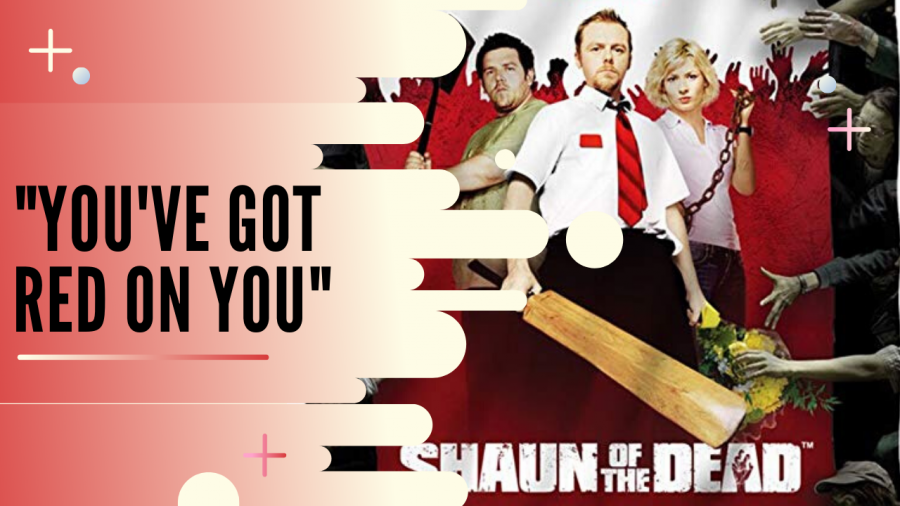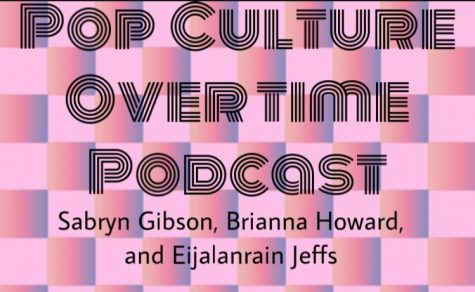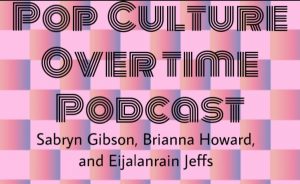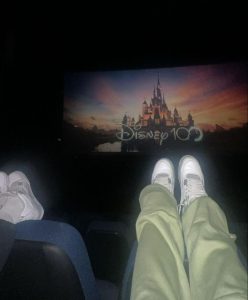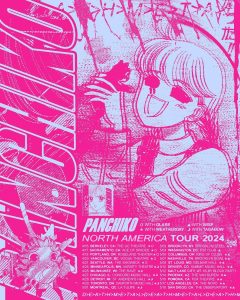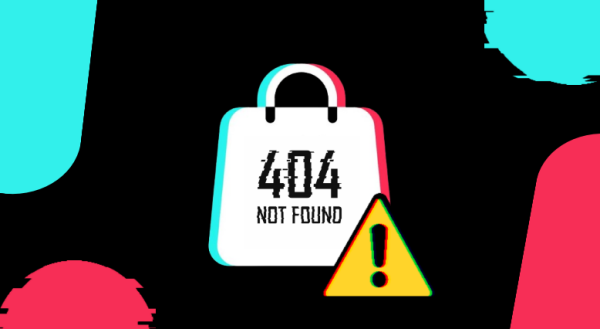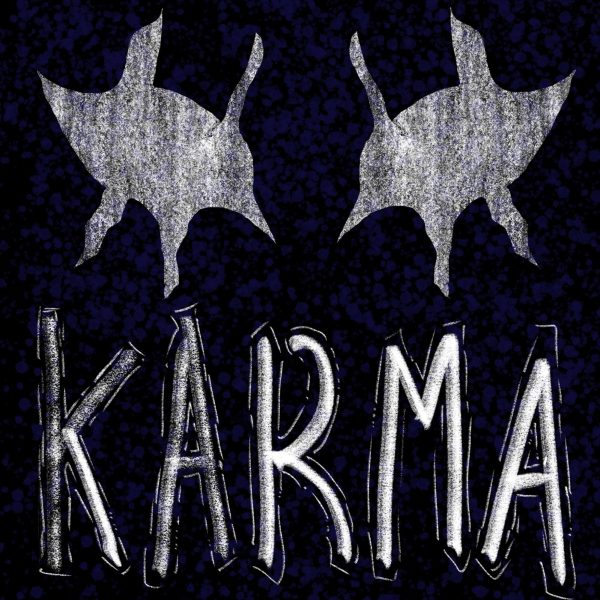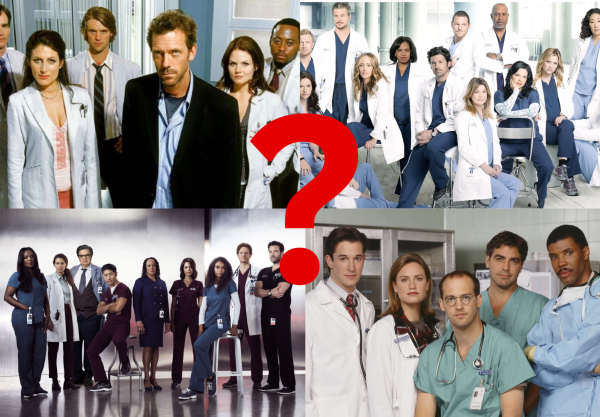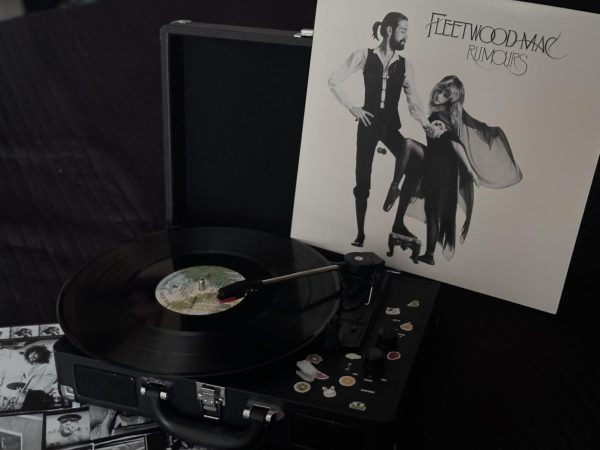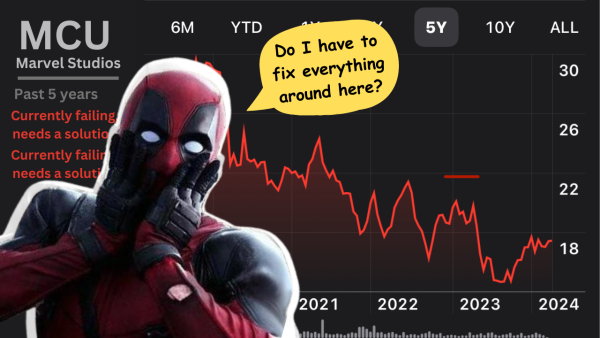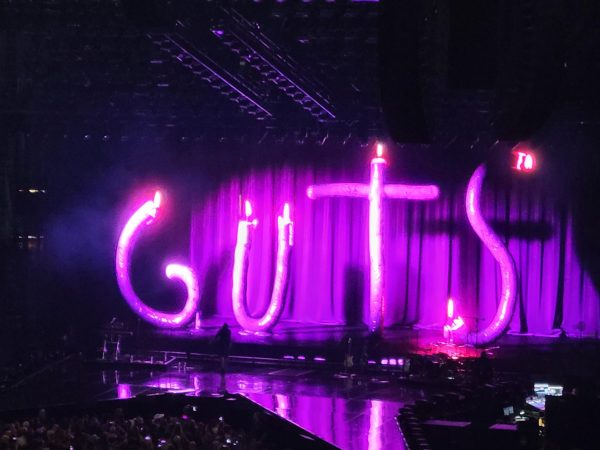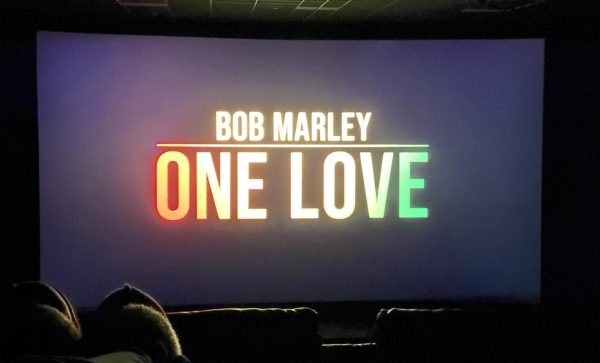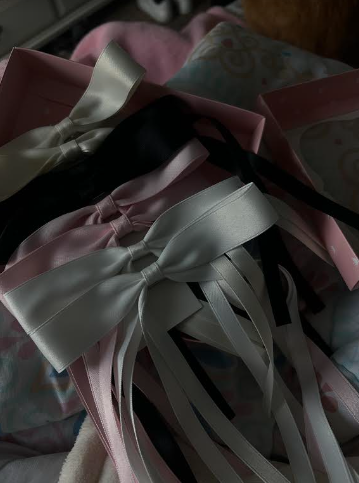‘You’ve Got Red On You’
How “Shaun of the Dead” juggles great comedy and serious emotion
Credit to StudioCanal & WT² Productions & Big Talk Productions
“Shaun of the Dead” was released in 2004, and written by Edgar Wright and Simon Pegg
March 9, 2020
At a passing glance, “Shaun of the Dead” could be very easily mistaken for an outright parody of the classic George Romero zombie flicks. But rather than poking fun at the conventions of zombie media, the film both celebrates and elevates them into becoming something entirely unique to the genre.
Shawn “Smiley” Riley is probably the last person you would want to lead you through hoards of flesh-eating corpses. From frame one, he’s presented as a wishy-washy loser, who has no desire for any kind of challenge or adventure in his life. He works as a manager at a hole-in-the-wall electronics store, overseeing people half his age that barely respect him. He has a stepfather he’s never liked, a girlfriend that’s sick of him, and a best friend that only lives to play video games and make him look bad. It’s atypical for any kind of story, much less the plot of a comedy, to present its central character at their lowest point right of the get-go. But that is what we get; the movie is centered around Shaun’s bloody, hilarious, and emotional climb up from rock-bottom.
One of the most admirable qualities of “Shaun of the Dead ” is how effortlessly it’s able to blend clever comedy and serious emotion. Shaun in a way perfectly exemplifies this. At first, he reacts to a zombie-apocalypse in ways you would completely expect from a slacker with no aspirations. After coming to the revelation that he has two zombies in the backyard of his flat, he and his best friend Ed gather together an assortment of coffee mugs, ashtrays, and blenders to throw at them. After that plan falls apart, he has to get into their shed in order to find something a little more practical, which he only manages to get into by clumsily charging into it. Although there are dozens of silly comedy moments like this, the film is not afraid to put its characters through emotionally volatile situations in order to make you truly care about them. The climax of the film, which I dare not spoil, has one of the most involved and emotional performances you will ever see from something technically classified as a comedy.
For how great “Shaun of the Dead” is, it managed to slipped through the cracks of pop-culture. It was successful when it came out in 2004, but it happened to be released before zombies really became a mainstream trend in the mid to late 2000s.
— James Tarrant
In most pieces of zombie-media, the existence of the zombies functions as an allegory for something. In George Romero’s “Dawn of the Dead”, the zombies are supposed to be a walking manifestation of late 70s consumerism, with all of the film taking place within a mall. In “Shaun of the Dead”, being a zombie means you are unsatisfied with your life, but unwilling to take action in order to make things better. This is made immediately apparent in the title sequence, where we see various people going through their daily routines: a group of office workers waiting for a bus, a grocery store clerk bagging cans of food, and a gang of kids in hoodies shuffling down an alleyway. Their movements are stiff, their skin is pale, and they look horribly unfulfilled. We then cut to the bedroom of Shaun’s flat, where we only see his legs and hear a ghastly moaning. As the camera slowly pans up to his face, we see that he was only yawning. Shaun is technically alive, but lives in such a drastic state of arrested development that he might as well be a zombie. This isn’t just true of Shaun, but all of our non-zombie characters. The film is in essence about unsatisfied people trying to overcome some kind of problem, and sometimes those problems only reveal themselves when they’re on the edge of being eaten alive. Because this connection exists, the zombies in the film are almost treated as a secondary threat; a vehicle to push these characters into gradually-increasing states of emotional distress.
“Layers” is a word that perfectly sums up all of Edgar Wright’s projects. I do not at all exaggerate when I say that “Shaun of the Dead” is perhaps one of the most rewatchable movies ever made. Even over the dozen times, I have watched it, I still manage to find something new to appreciate. Some are subtle but easy to spot if you’re looking for it. Some are so subtle that you only pick up on it if someone points it out to you. The film is in a master-class of foreshadowing; everything, and I mean everything, has a defined set-up and pay-off. It goes above and beyond what is expected from your average comedy. On top of this, the film is edited to perfection, and possesses various tricks and techniques that would become a staple of Edgar Wright’s directing style. For a debut film from a fledgling filmmaker, it is unimaginably polished. Even if you are not a particular fan of zombies, like myself, the movie is worth a watch just because of the sheer amount of talent on display.
For how great “Shaun of the Dead” is, it managed to slip through the cracks of pop-culture. It was successful when it came out in 2004, but it happened to be released before zombies really became a mainstream trend in the mid to late 2000s. But despite this, it still remains one of the few pieces of zombie-media that I’ve genuinely fallen in love with. It’s heartwarming, emotional, well-crafted, and extremely funny.


